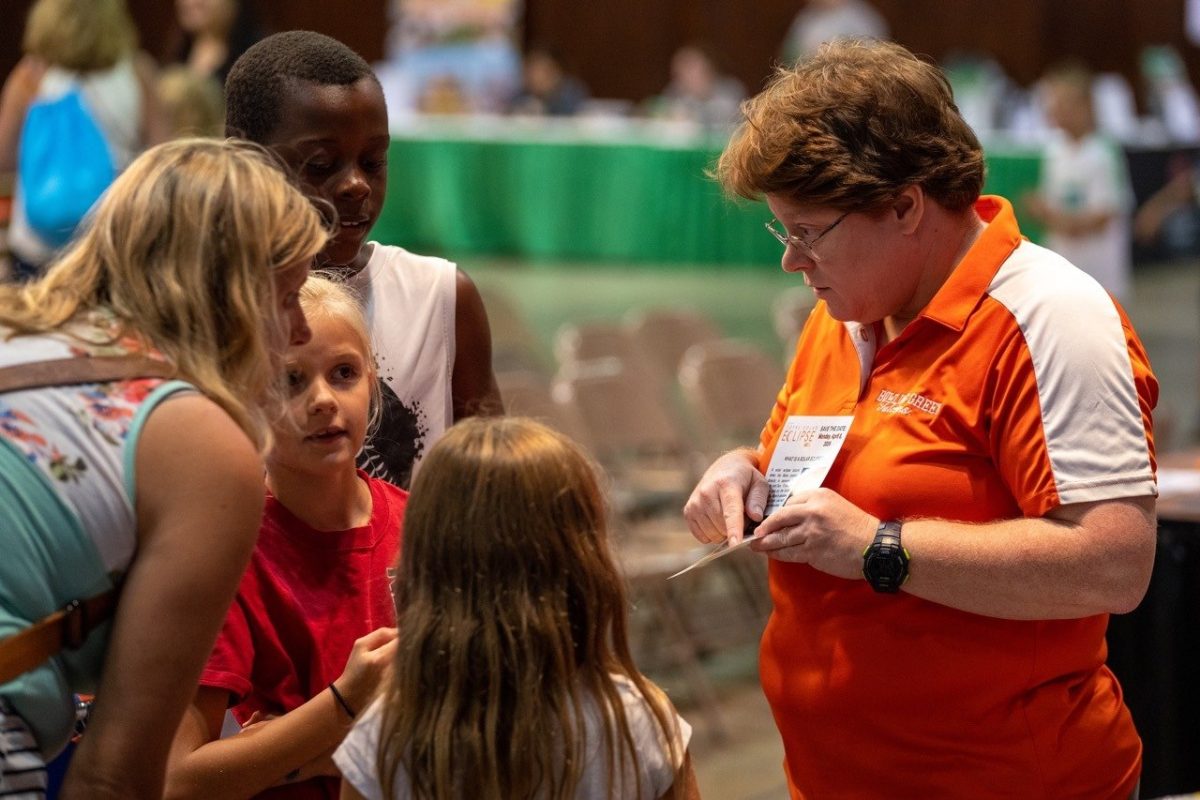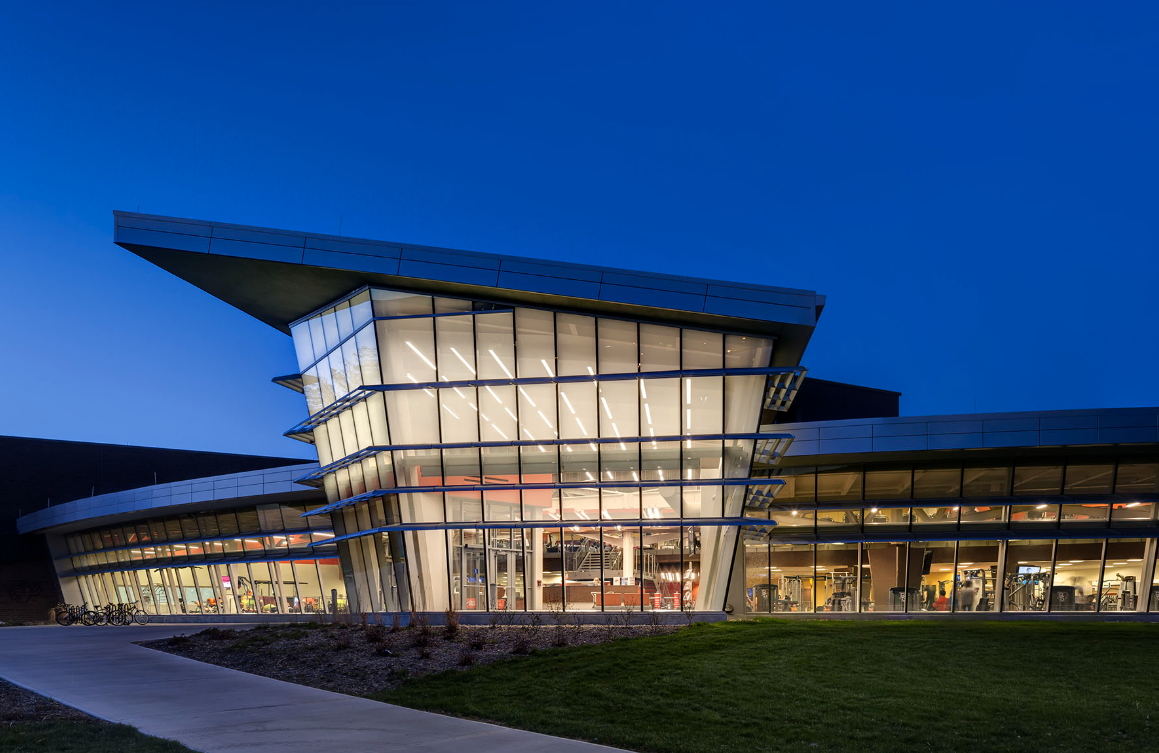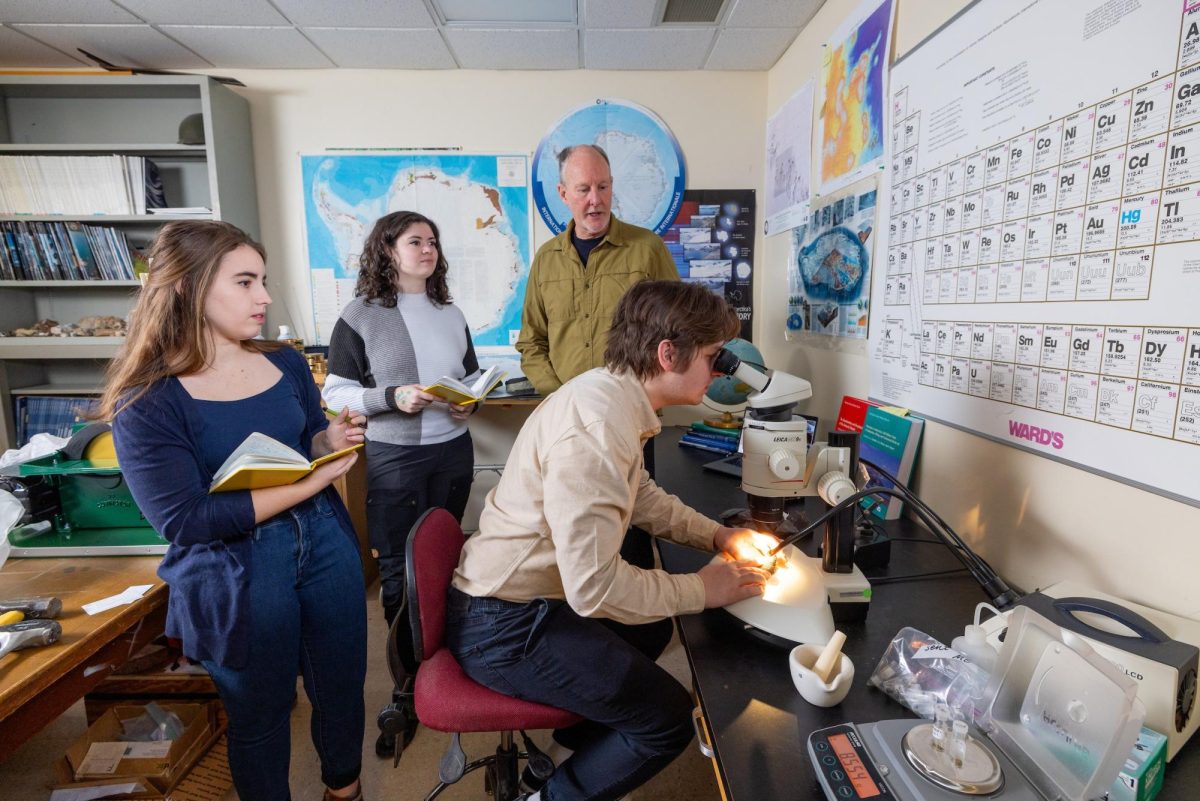After years of construction and expansion, the University is setting its sights on phasing out Harshman Quadrangle with the closing of Dunbar Hall.
The Dunbar closing is the beginning of a process to eventually move out of Harshman altogether and replace it, said Sarah Waters, director of Residence Life.
“We hoped to close Chapman as well, but based on occupancy demand, we had to keep it open,” Waters said.
While the decision will save money on utilities, Waters said the decision was based on assessing how many beds were needed.
The University can accommodate 6,800 people, including greek housing, and is currently at maximum capacity and has prepared lounges throughout the residence halls for overflow if need be, she said. However, capacity can change due to people requesting and cancelling their rooms.
With the closing of Dunbar, 300 beds will not be used.
While part of the quad may be closing, the quad will still be lively.
“We never think of [Harshman] as it being taken down soon, we will run it as if it will be running forever,” said Richard Lofgren, Harshman hall director.
Usually, a hall director oversees two halls in a quad. This year, Lofgren will be operating Anderson, Bromfield and Chapman.
However, even with more on his plate, Lofgren said he doesn’t foresee any challenges yet.
“The staff has been working closely together to make sure everything is in line and has a one-hall feel instead of separate ones,” he said.
Even though the staff is trying to maintain the same feel, there will be some internal changes made in lieu of Dunbar’s closing.
Both Wellness and Honors Learning communities will be moved to Chapman this year from their previous homes in Bromfield and Dunbar, Lofgren said.
The quad also received new wireless internet due to increased usage and Chapman was re-carpeted, Lofgren said.
“We still offer a lot of services and I’m excited to see what the staff and hall council will accomplish this year,” he said.
While the entire quad may be closed in the next few years, the decision is not entirely new.
Steve Krakoff, associate vice president of Capital Planning and Design, said the University determined it needed less residence halls during the 2009 master plan process, debating between Harshman and MacDonald.
“The decision to close a hall was really driven by long-term demographic trends,” Krakoff said. “We are seeing, in the long-term, less students entering college and we will need fewer beds.”
In the short-term, however, Waters said demand has been consistent due to the large incoming class sizes in the past few years.
While both MacDonald and Kriescher quadrangles are roughly the same age as Harshman, Waters said they will have a longer life span due to their locations and recent renovations made to them.
Kriescher will be open for at least 10 more years and McDonald will remain open for 15, she said.
While the official date of Harshman’s closing has yet to be determined, Krakoff said the date should be released sometime this year.













